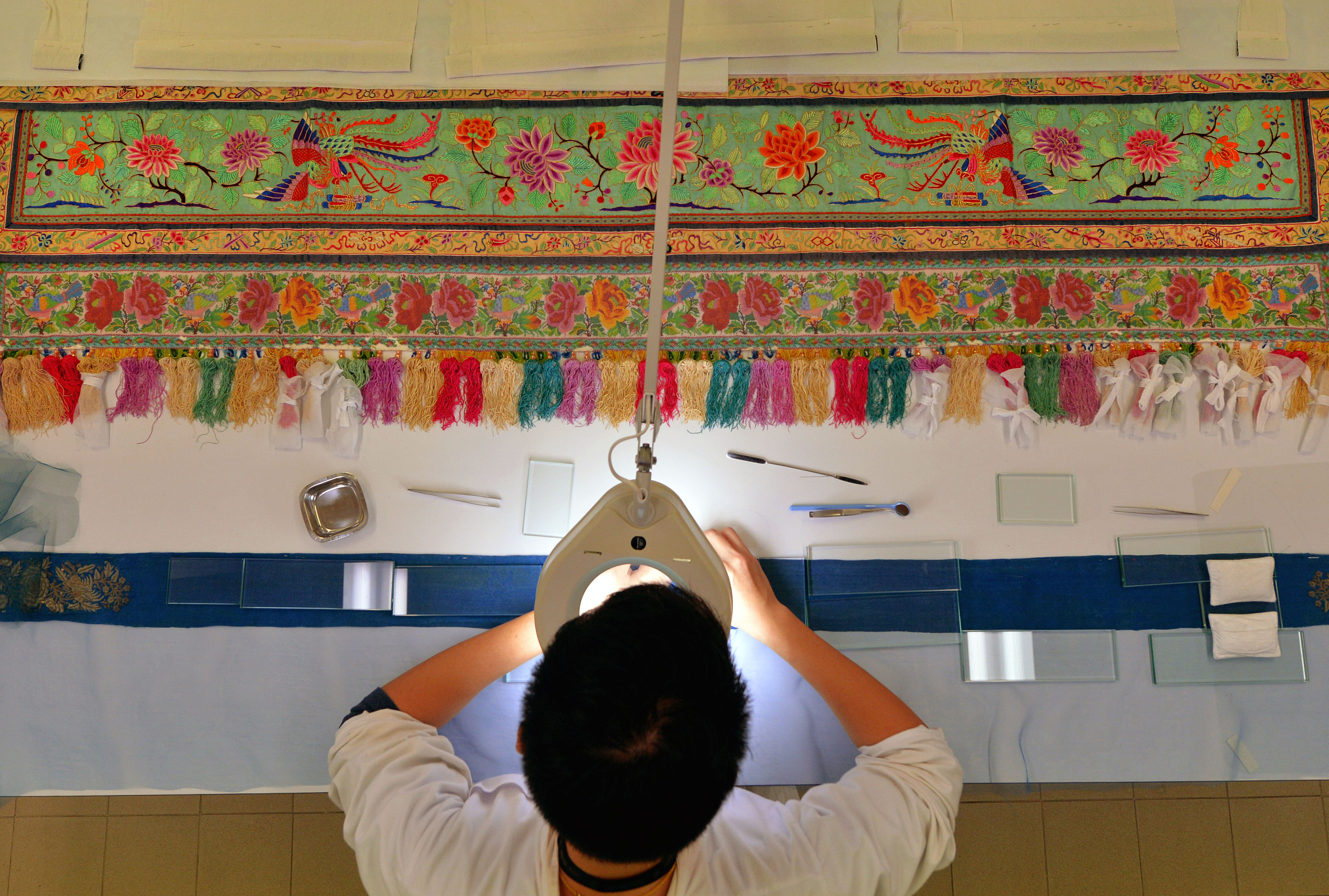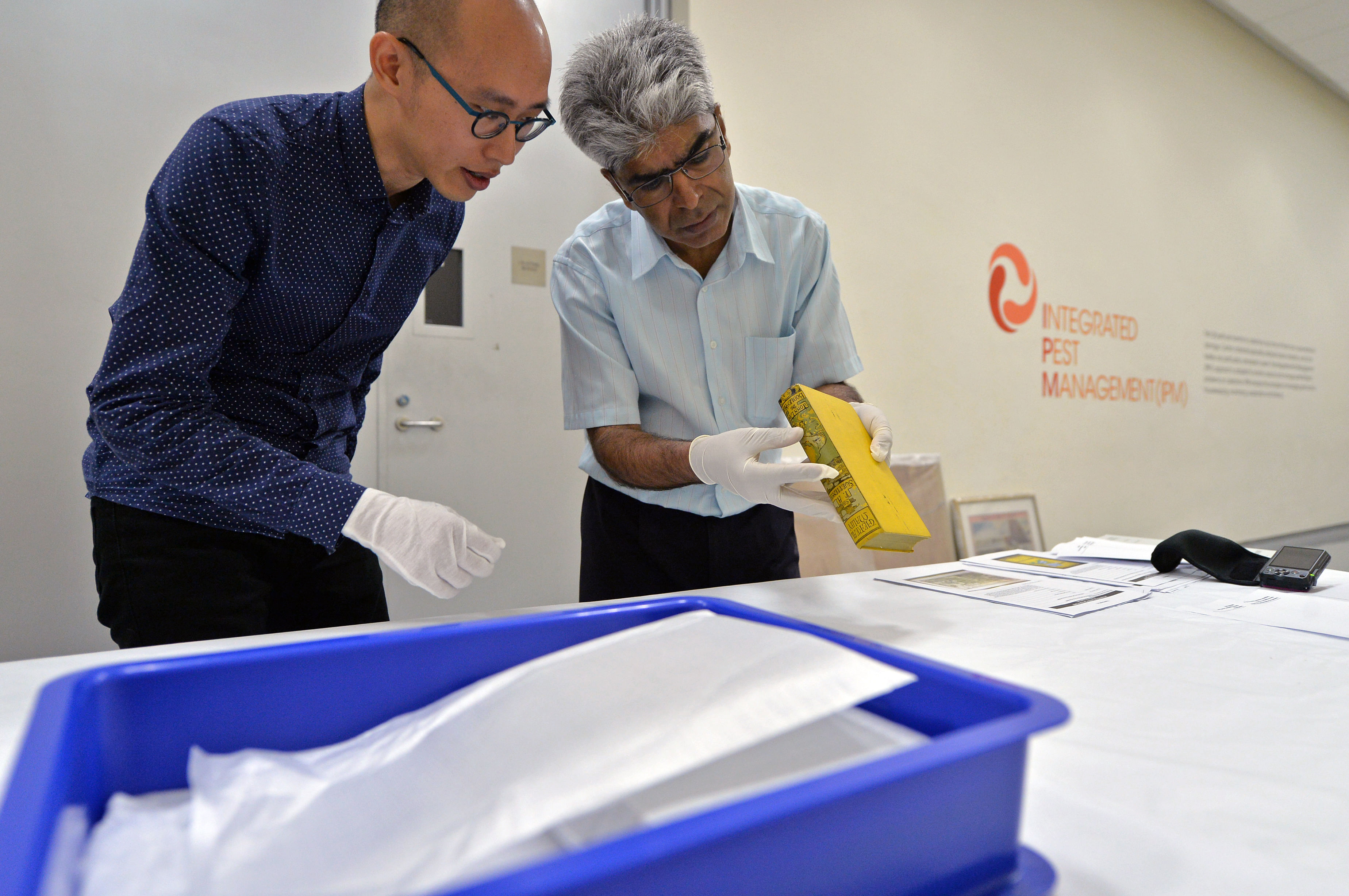Treasure trove of culture and history
The Heritage Conservation Centre stores and conserves S'pore's collection of artefacts

Tucked away somewhere in the industrial area in Jurong Port Road, and unknown to many, sits a modern building which is a treasure trove of cultural relics and historical artefacts.
Established in 2000, the Heritage Conservation Centre (HCC), which is an institution of the National Heritage Board (NHB), is a purpose-built facility for the storage and conservation of Singapore's collection of artefacts and artwork under the care of NHB.
As the custodian of Singapore's heritage, NHB is responsible for telling the Singapore story, sharing the Singapore experience and imparting the Singapore spirit.
Through the collection, the NHB curates heritage programmes and presents exhibitions to connect the past, present and future generations of Singaporeans through a shared experience.

The HCC spans six floors with a gross area of 20,940 sq m. It is home to more than 150,000 pieces of cultural treasure.
The centre is the first of its kind in the region. It combines a centralised collection repository with conservation laboratories and also houses the NHB's museum collections. Most of them were stored previously in the National Museum building in Stamford Road.


There are four specialised conservation laboratories for the treatment of object, painting, paper and textile artefacts and a laboratory designed for scientific analysis, materials testing and research.


Stepping into its cavernous storage area, filled with the 150,000-plus items, is like entering Aladdin's Cave.
Among the items is the funeral hearse used for wealthy merchant and philanthropist Tan Jiak Kim's funeral in 1917.

The facility's state-of-the-art custom-built central repository, with about 8,000 sq m of storage space, has a total of 25 dedicated collection rooms, each fitted with climate control facilities.
The storage equipment used is designed for various types of artefacts, such as documents, paintings, furniture, textiles and metals.

Artefact collections are the heart of every museum as they are valued for their social, historical and cultural importance.
The centre is not open to the public although guided tours of the centre are possible by making appointments through the NHB website (www.nhb.gov.sg).
Join ST's WhatsApp Channel and get the latest news and must-reads.
A version of this article appeared in the print edition of The Straits Times on January 07, 2016, with the headline Treasure trove of culture and history. Subscribe
